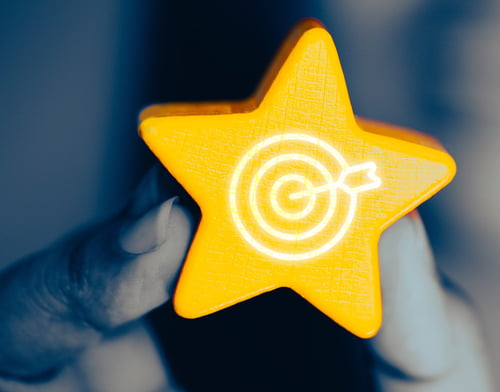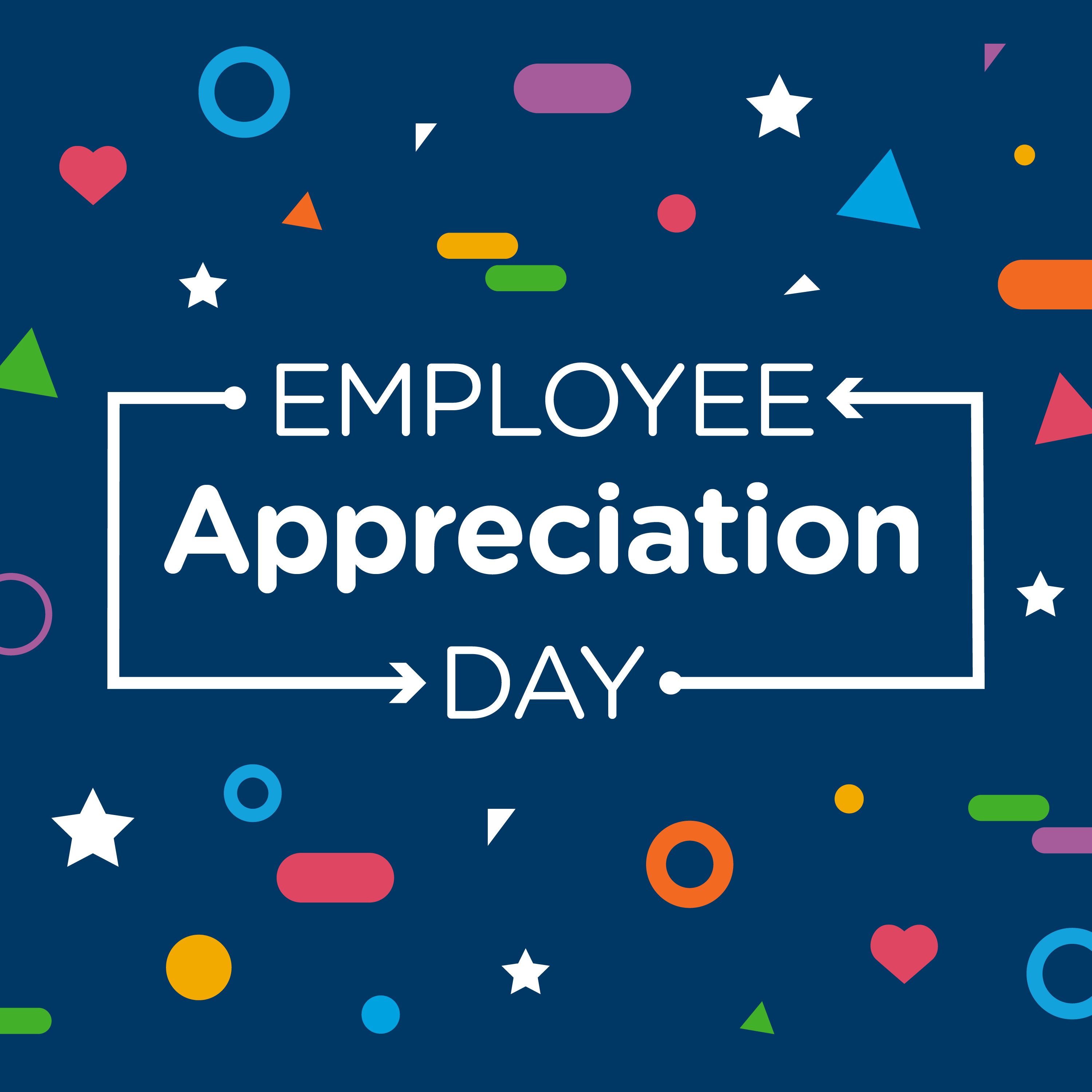Most people understand the value of recognition. It supports wellbeing and connection and drives retention (78% of people looking to leave their employer said they’d stay for more recognition!). But when I ask at conferences and webinars what managers and companies are missing, I usually hear recognition isn’t consistent enough – and managers will often agree they are falling short. Either everything they see looks great and they don’t know where to start, or everything looks like someone ‘just doing their job’ and doesn’t seem like a big enough deal to celebrate.
But here’s the twist: If we wait for the knock-us-off-our-seat examples of recognition moments to happen, we probably won’t be recognising enough to make a difference to culture or results.
 Reactive recognition
Reactive recognition
Reactive recognition is what happens when you aren’t intentionally looking for recognition targets or behaviours and happen to notice someone do something cool.
This recognition method means the action needs to make a big impression to get your attention.
This also means you are leaving recognition to chance. Will you see it? Will you remember to say something? If you are waiting and being reactive, you are also less likely to make recognition a habit, and you may struggle to follow through on showing appreciation for great work when it does happen.
Proactive recognition
Recognition gets proactive when you have a plan.
Is there a time of day you think about who is exceeding expectations?
- Example: I have a reminder on my calendar for Friday mornings to think strategically about the week. Who did a great job? Who helped my team succeed?
I send out notes to my team each Friday before the weekend comes along, or I forget. - Example: We have a recognition moment at the start of each team meeting when we can call out great work done by others.
Are there people you know need an extra boost – such as new employees or people working on a challenging project – and are you keeping an eye out for ways to celebrate them?
- Example: I know that Phil has been down about his sales numbers this month. I believe he is doing all the right things, but has had a string of bad luck. I am going to look for examples of how he is setting the stage for future success so I can highlight it for him and the team and boost his morale a bit.
Are there actions you would love to see done more and you want to keep your ear to the ground so you are ready to hype up the action so others can be reminded of its importance?
- Example: We are short-staffed in the warehouse and it can be easy to cut corners and not return products to the right place. The more this happens, the more stressful it will get in the future – and the harder it will be to train the new people we desperately need. I am going to keep an eye out. I’ll call out correct behaviours as they happen. I’ll also share those examples and the reason those actions are so crucial in our next shift huddle.
 With increasing evidence that recognition is a crucial piece to people and business results, putting together a plan to recognise employees (and peers!) isn’t just a nice-to-do, it is a necessary business best practice and leadership discipline. It is important – but luckily it is easy to add to your day or week. Not only will a recognition best practice benefit teams and organisations, but it also helps with the wellbeing and stress of the person that delivers the recognition.
With increasing evidence that recognition is a crucial piece to people and business results, putting together a plan to recognise employees (and peers!) isn’t just a nice-to-do, it is a necessary business best practice and leadership discipline. It is important – but luckily it is easy to add to your day or week. Not only will a recognition best practice benefit teams and organisations, but it also helps with the wellbeing and stress of the person that delivers the recognition.
Looking for more ways to build a culture of appreciation? Get in touch with us an a member of our team will walk you through our employee recognition solutions.

%20(1).jpeg) Alexandra Powell
Alexandra Powell



